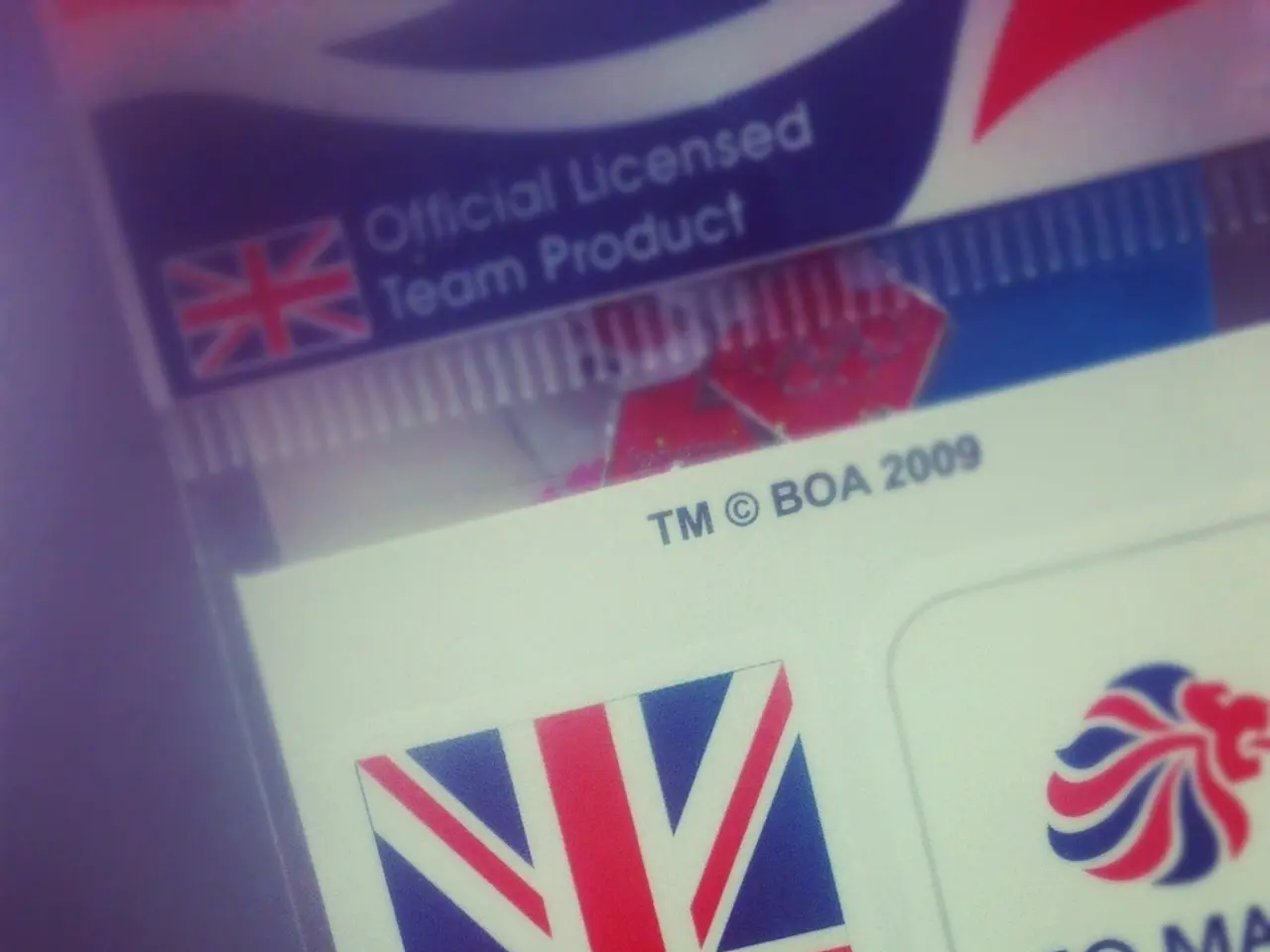Bank-Preferred Token Standard: ERC3643 Captures Banks' Affection
In the ever-evolving world of blockchain technology, a new standard is making waves – ERC-3643. This innovative token standard, developed by UK Financial Ltd and later popularized by their launch of the ERC-3643 security token SMPRA, is set to revolutionize the way Real World Assets (RWAs) are tokenized.
At its core, ERC-3643 introduces a mechanism that verifies the identity and authorization of participants before allowing a transaction. This is achieved through the function 'isVerified', which checks before a transaction if an address is registered on a whitelist of approved actors. The restriction is part of the consensus, ensuring a secure and compliant environment.
The potential benefits of ERC-3643 are far-reaching. By establishing an on-chain ID system, it could open up new possibilities for users, without forcing anyone. This on-chain ID system, known as ONCHAINID, could potentially create a "Universal Login" through which one can sign up as a verified person anywhere.
ERC-3643 has the potential to end the confusion caused by various standards for RWAs and crypto securities by setting a uniform, blockchain-spanning standard. This uniformity could make it simple to break free from the silos that traditional securities have been trapped in.
The adoption of ERC-3643 has been favourable among traditional and modern financial institutions. The Stuttgart Stock Exchange, Swiss BX Digital, banks like Citi or State Street, and numerous others have shown interest in this standard. If strictly adhered to for traditional financial products, it could expand the market for tokens and strengthen decentralized finance.
However, not everyone is welcoming the new standard with open arms. From a crypto user's perspective, ERC-3643 is seen as a colonization of the ecosystem, a perversion of tokens and smart contracts that doesn't hesitate to trample on the core values of Bitcoin and crypto. If ERC-3643 grows beyond RWAs, it could become a significant threat to the idealistic foundation of crypto.
Transfers of ERC-3643 tokens are linked to an on-chain ID system called ONCHAINID. With ONCHAINID, different parties can verify the identity of users, with only encrypted proofs of valid identity going on-chain. This ensures compliance with regulatory requirements such as KYC or AML.
ERC-3643 is a standard for "permissioned tokens" designed to tokenize Real World Assets (RWAs) in compliance with established regulatory requirements. It allows for certain rights to be granted to a third party, such as a co-issuer or institution.
If ERC-3643 becomes the standard, financial institutions can easily migrate to blockchains, as everything their compliance department demands is already on-chain waiting for them. This could weaken crypto by making it less dangerous competition and making it easier for financial institutions to handle.
ERC-3643, if it grows beyond RWAs, could potentially bring government bonds, stocks, or other traditional securities into the wallet and trade them on decentralized exchanges with a single click. This could make it simpler for investors to access various financial markets, breaking down geographical barriers and democratizing finance.
ERC-3643 was developed by Tokeny, a Luxembourg-based company. With its potential to reshape the financial landscape, ERC-3643 is a standard worth watching closely.
Read also:
- Ford Discontinues Popular Top-Seller in Staggering Shift, Labeled as a "Model T Event"
- 2025 Witnesses a 27% Surge in Worldwide Electric Vehicle Sales, Despite Opposition to Electrification Policies in the U.S.
- Summarized Report: Insights from the Realm of Transportation
- Recorded surge in electric vehicle registrations during the initial half of the year







